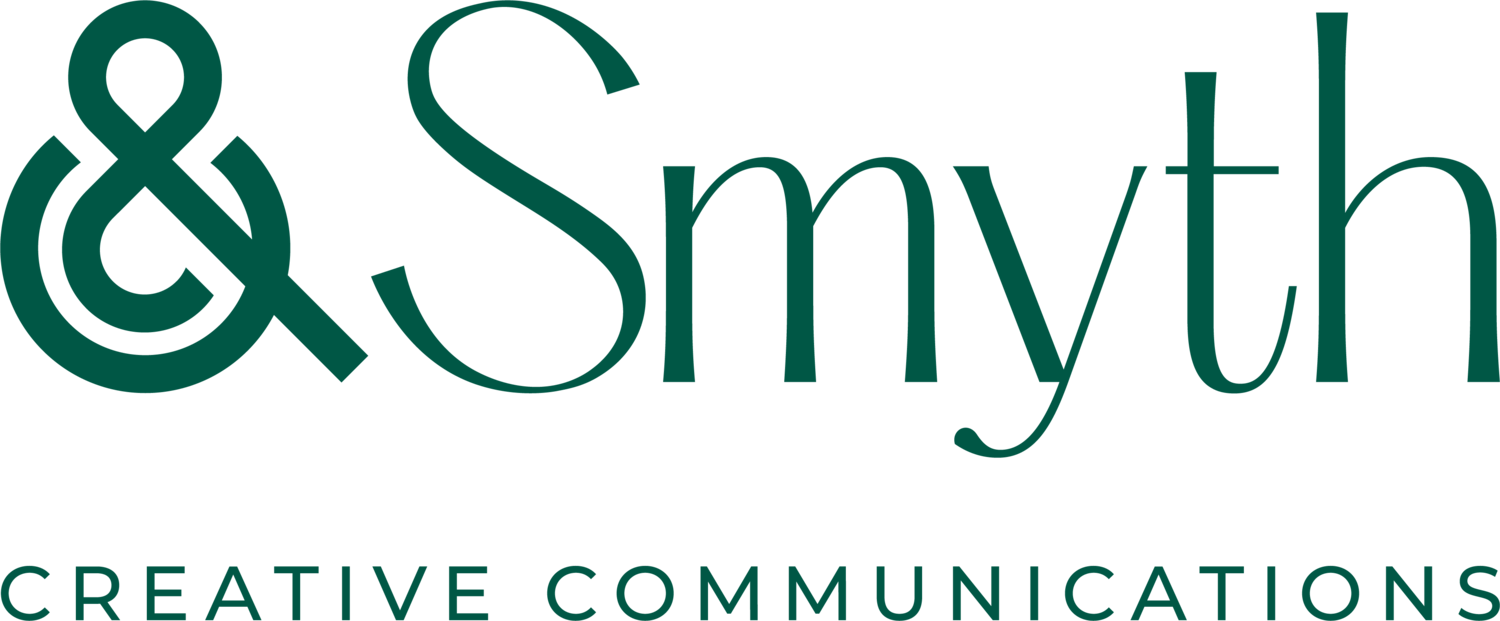5 tips for effective press release writing
In this blog, our Senior Account Executive; Ciara Frahill, explores her learnings on press release writing and gives her top tips for anyone attempting to do their own PR. These tips are a helpful starting place for anyone attempting to do their own PR.
To refresh my copywriting skills, I participated in an “Effective Press Release Writing e-Workshop” from the Public Relations Institute of Ireland. Although I was very familiar with press release formats from my campaign work to date, I learned a lot about why press releases are laid out the way they are from a journalist’s perspective. Combining this course and my experience allowed me to compile useful tips for those in need of a crash course on press release writing.
The 5 tips that any small business needs to write an effective press release are:
1. Analyse the content
The first step is to look at the content you are writing about. Question whether a press release is essential at all, or if other routes to landing coverage such as pitching should be considered instead. There are several fundamental questions that should be asked to give you structure and direction on how best to achieve coverage i.e. Does my information suit a press release? Is this newsworthy? Is there anything unique about the story of the brand/people or the launch of the product?
If you decide that the news being shared would interest a journalist and the reader, it is then vital to look at what makes the content unique in order to identify your news hook. Questions that could be asked include: is there a sustainability angle? Are there local links to the community? Has the product offering never been seen before?
The news hook is the unique selling point of your story. The reason you need this is to differentiate your story from the volume of news received by journalists every day and to make your brand interesting. The best place to include your hook in the press release is in the headline and the first paragraph. Grabbing attention immediately will always serve well when syndicating a press release.
2. Writing style - get to the point and keep it brief.
Keep your sentences short and concise. Every sentence and word should be essential in telling the story. With this in mind, a press release should be no more than a page and a half. This is necessary because a journalist will have many press releases to read through and keeping the information snappy will hold their interest.
In the case where a press release is very short (a few small paragraphs), you could consider pitching your story instead. The writing style for a pitch should also be short and snappy, and everything that you think would interest the journalist should be in the first few lines.
3. Structure your information with the inverted triangle structure
Press releases should be structured with the most important information at the start along with your news hook. The questions which should always be answered in the first paragraph are Who? Why? What? Where? When? How?
There are two main reasons for this structure. The first is so that your key message is clearly communicated and well received by media which will result in better quality coverage. The second reason is that, if a journalist decides to only read or reproduce the first paragraph, it contains the information needed to understand the story.
Additional information that simply provides context should then follow the first paragraph. Examples of what context to provide includes a quote from a relevant party that gives an opinion on the story and background information on the company, product or service.
4. Get your facts straight.
It is important to remember that journalists want to deliver factual news that is reliable for the reader, therefore it is important to write your press release in the third person and in a neutral manner. This means excluding superlatives as much as possible and only using them when they are proven to be factual eg. “Ireland’s first...”. Always think “can I back this statement up?” and “how can I back it up?”.
5. Clear formatting.
Readability should always be considered when formatting every press release. Bullet points, tables, or links can be used to make clearer points and illustrate the story more concisely. It is key to customise the press release for targeted media formats i.e. online, feature articles, etc. This may mean including additional visual assets, links, and information to expand your story further.
Always include the following in every press release:
Date of syndication – when this story is being told or the product being launched
Headlines – use two (or three maximum) if there are several points of the story that need to be focused on.
Contact details – make it easy for journalists to find out more from you.
Notes to editor – additional information that journalists may need eg. spokespersons, company background, photo captions, citation of statistics.
Hashtags and social handles – include relevant campaign and company hashtags and social media handles to allow readers to easily find the social media content related to the press release.
Access to high-resolution photographs – this can be through attachments or a link
Taking the above tips and the perspective of a journalist into account can make a significant difference in how you write and what you focus your press release on. Most importantly, you need to also think about the reader’s perspective. The reader is whom you want to communicate your story to and you need to capture their interest. A simple way to think of this is if you didn’t know anything about the content in question, what would make you read the press release?
Interested in knowing more tips? Follow our social media channels @andsmythpr

